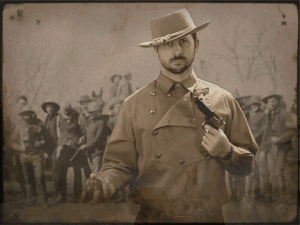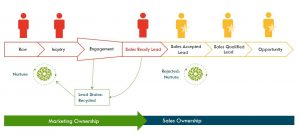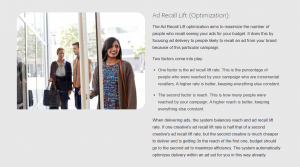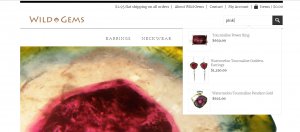While it is no secret that the integration of multimedia content is central to any successful blog, the precise reasons for this are less well-known. It is also important to note that best practice continues to change, so it crucial that you tailor your content strategy in line with the prevailing trends.
In terms of the former, multimedia content should be considered as the catalyst for breathing life into a written message and optimising reader engagement. More specifically, the integration of imagery and audio-visual materials into your individual blog posts enables you to capture the readers’ attention quicker while enhancing the quality of interaction of customers.
3 Steps towards creating relevant and engaging Multimedia content for your Blog
When it comes to best practice, however, the New Year provides an ideal opportunity for bloggers and marketers to refine their strategy in line with current and future trends. With this in mind, here is a brief guide to creating relevant and engaging multimedia content that will enrich your blog in 2016: –
Use Audio-visual content to Answer Consumer Questions
There is no doubt that the video content viewership is gaining in traction, especially across mobile devices. It is estimated that 35% of viewers are accessing more video content through their smartphones and tablets than they were last year, for example, as consumers use their pocket devices to interact with brands in real-time and through a number of channels.
This trend offers a unique opportunity for brands to revolutionise their blog content, initially by creating videos that answer specific customer questions and queries. While many firms host information question and answer sessions through real-time social media outlets such as Twitter, video now serves as a live and interactive channel through which customers can be targeted when they are already engaged with a specific brand.
To capitalise on this, you should invite customers to share their problems or questions directly through your blog. You can then create tailored posts that answer these directly, using video tutorials to embellish a written introduction and drive greater levels of engagement. On a final note, be sure to host your videos through a YouTube channel and then embed these on the relevant blog page, as this optimises loading times and can boost traffic volumes.
Frame Video Interviews within a Dynamic Website design
Interestingly, you can also use the principles of dynamic website design to create an engaging, multimedia blog. This can help to reinforce the visual impact of individual blog pages, which is crucial when you consider that the average attention span of consumers is estimated at just nine seconds in length.
Dynamic websites focus on the production of topical, real-time content, which creates a constantly evolving and relevant blog site. The inclusion of a press page is integral to this, as this enables you to publish breaking news in real-time and engage customers by informing them. This also allows you to capture video interviews that directly corroborate news stories, which in turn can be published on your blog and shared socially.
Beyond this, you should also look to include smart text and imagery within the framework of your blog design. The use of an engaging font and powerful graphics can instantly make your blog more appealing, while high resolution imagery also engages in a similar way to professional standard videos and helps optimise search engine performance.
Consider alternative and Less-renowned Types of Multimedia
While it is important to respect the impact of video and imagery when creating blog content, there are alternative multimedia elements that often slip beneath the radar. Take infographics, for example, which offer a unique and visually appealing way of presenting information that would otherwise be shared through plain text.
Studies also suggest that infographics are among the most effective channels for engaging typical consumer profiles, who remember 80% of what they see (or do) and 20% of what they read. Given the unique combination of imagery and text that drives infographics, this type of content is ideally placed to compel readers and add value to the overall consumer experience.
Similar logic can be applied to slide shows, which can be used to combine a host of multimedia elements into a single, cohesive piece of content. Modern publishing platforms enable bloggers to create image-led content that also incorporates videos and text, with the end result being an impactful post that engages multiple senses simultaneously. The key element is to create a balanced slideshow for your blog that uses each multimedia element to its full potential.
Digital & Social Articles on Business 2 Community(58)








